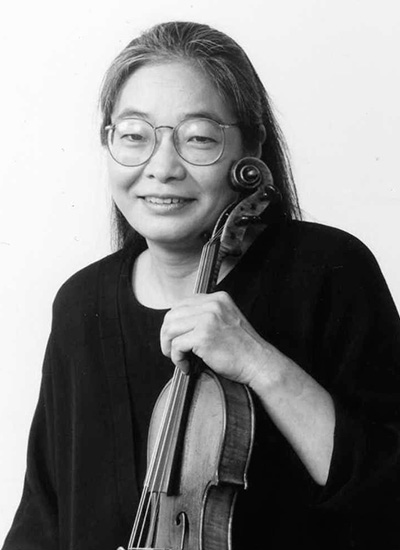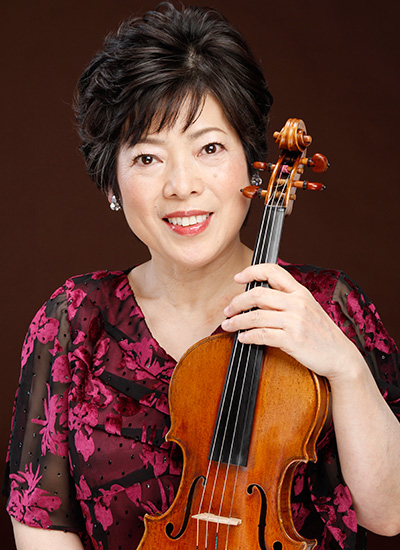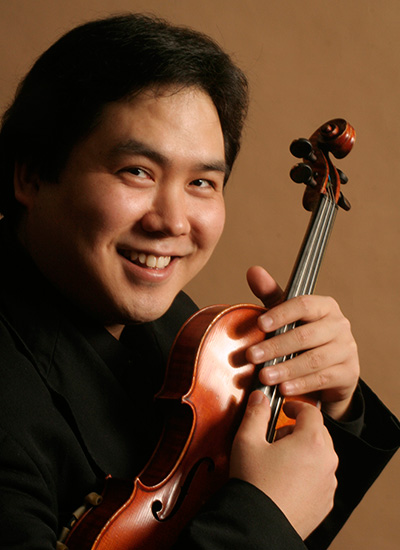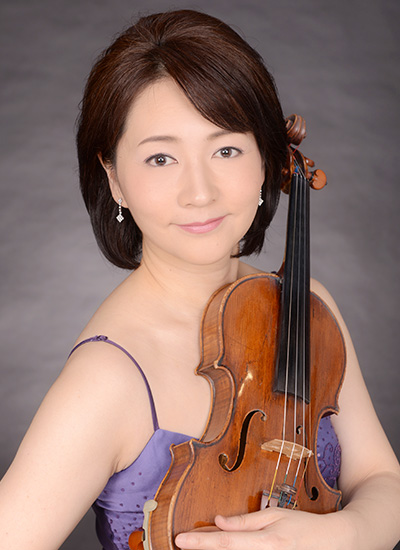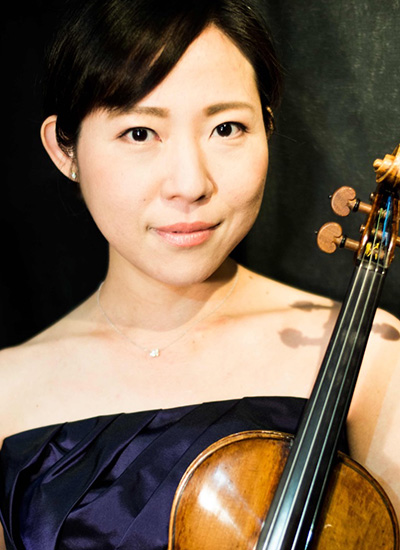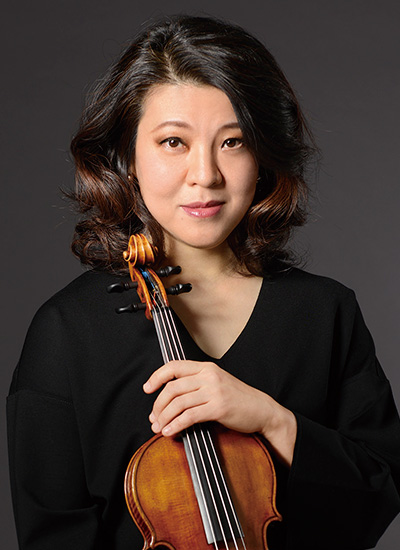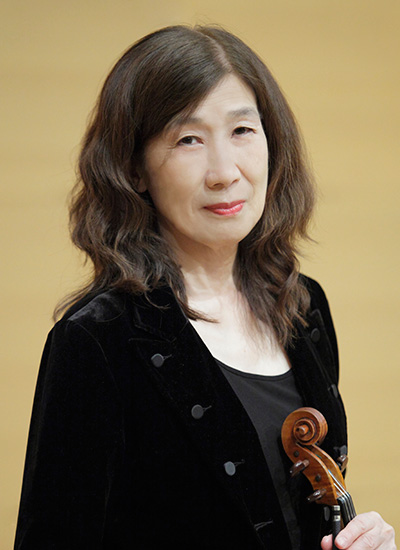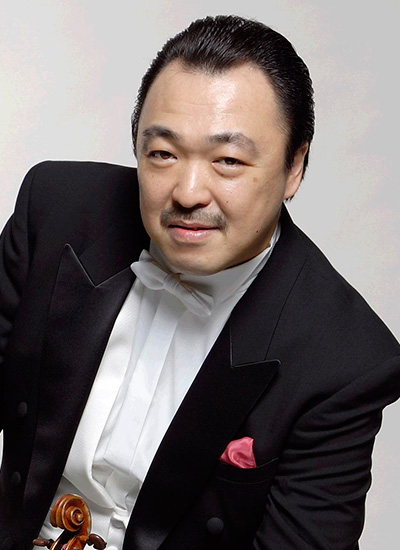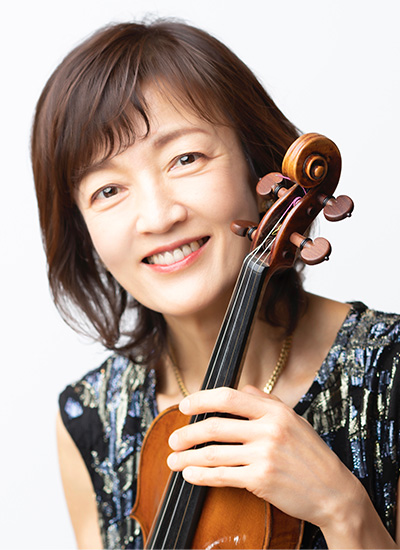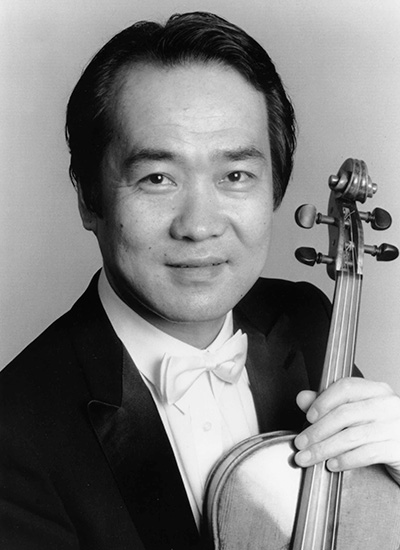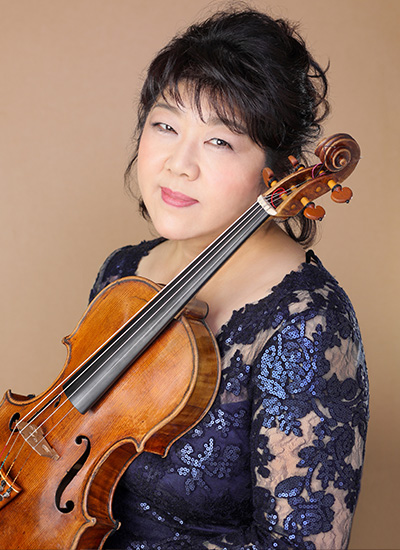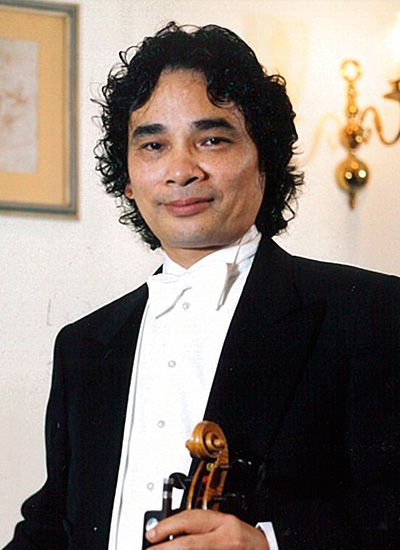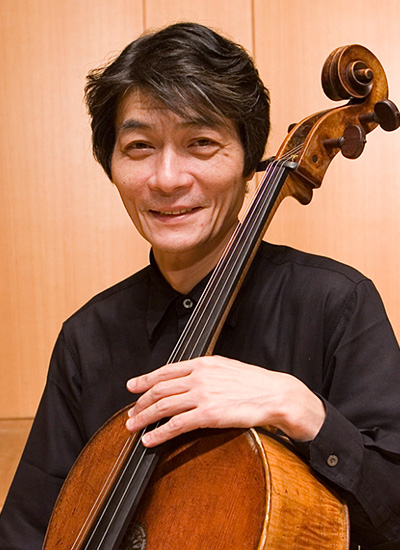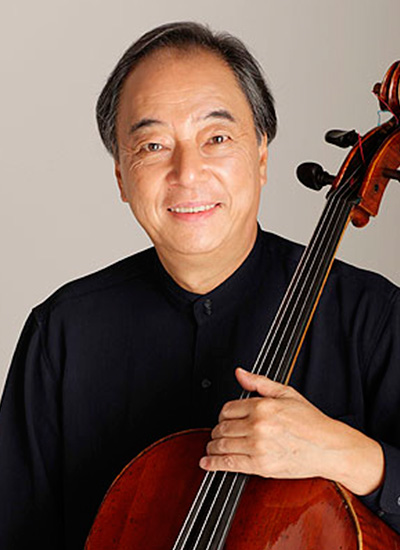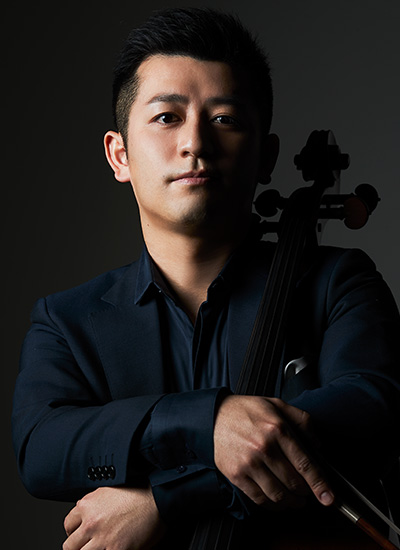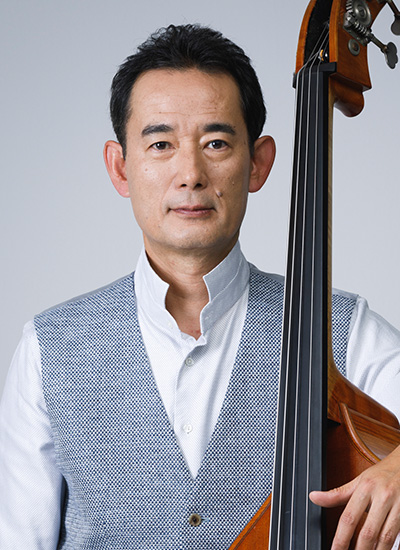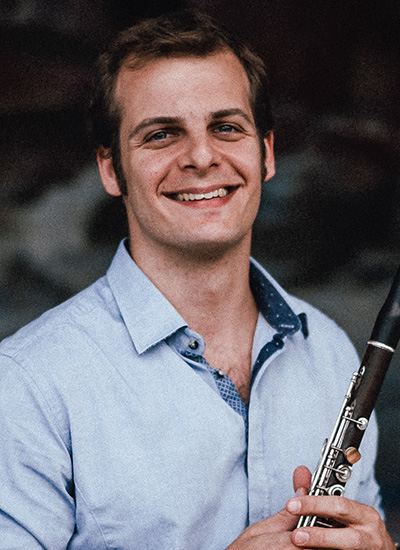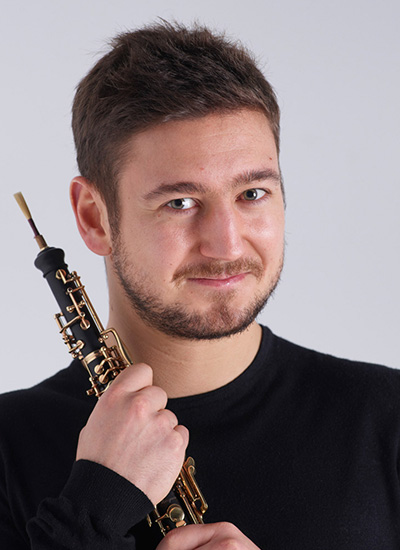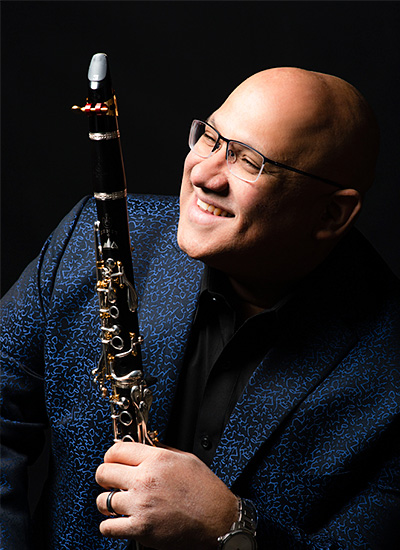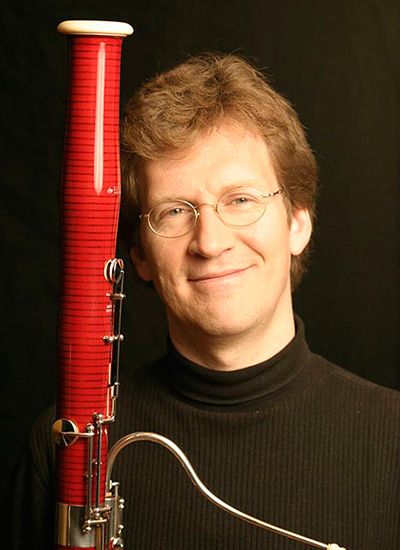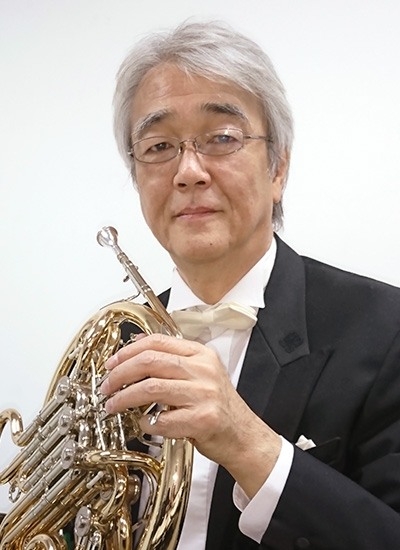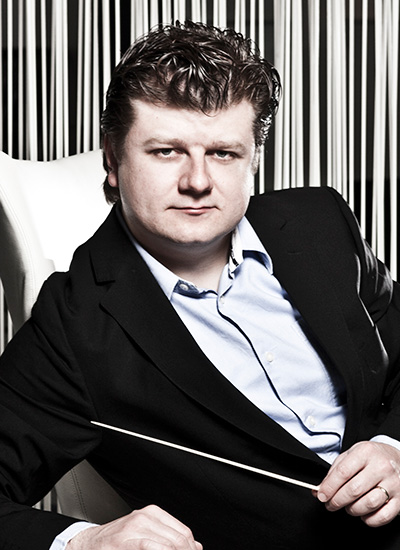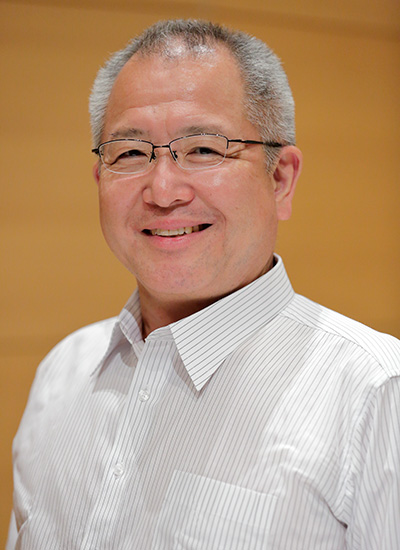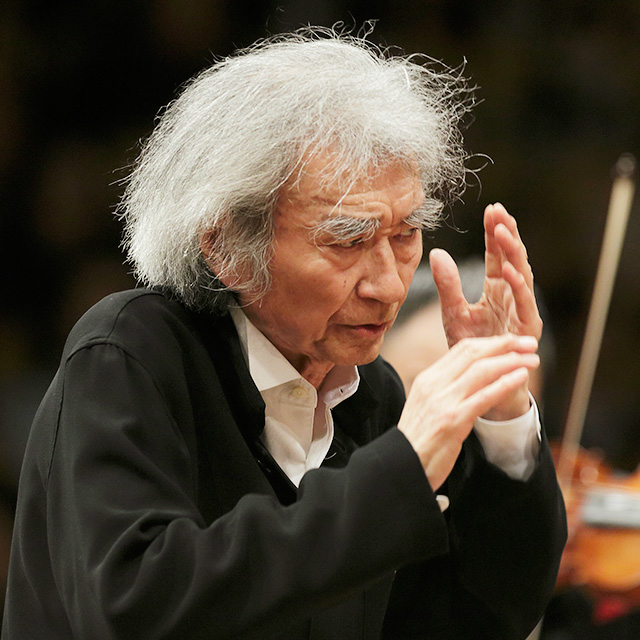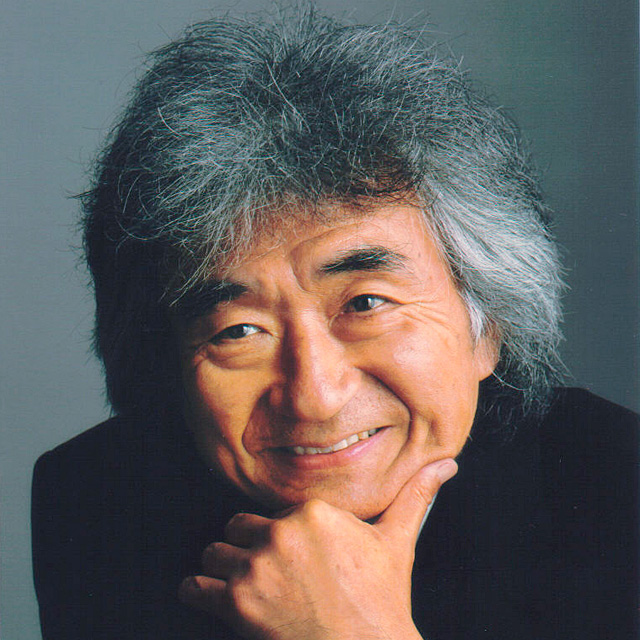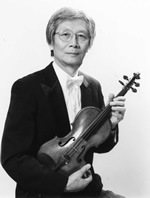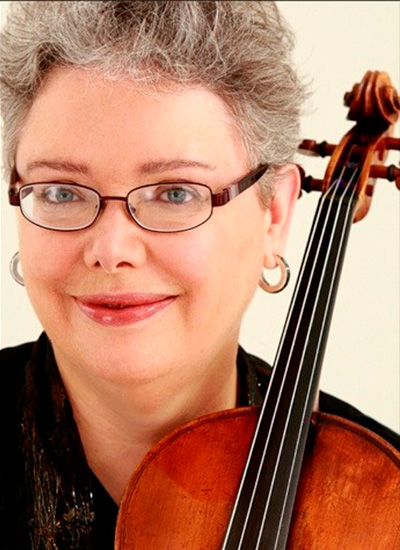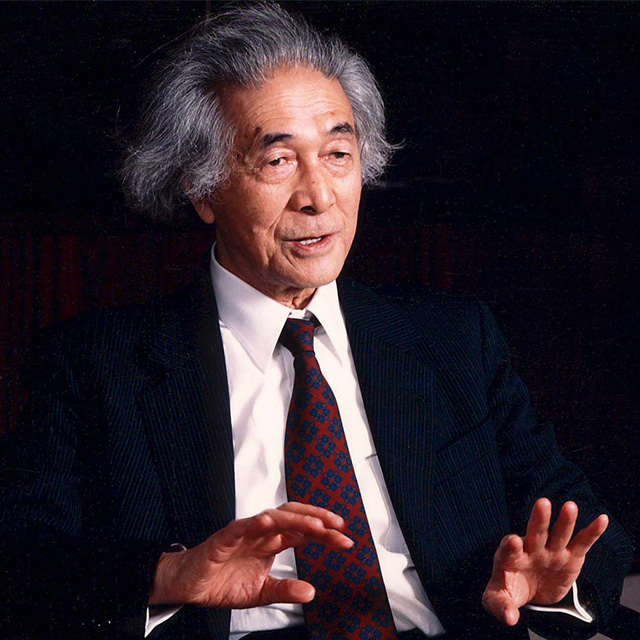
Mito Chamber Orchestra--"It Began With a Dream"
by Mr. Hidekazu Yoshida(1913-2012)
Art Tower Mito (ATM) was founded in 1990 to commemorate the 100th anniversary of Mito City's designation as an official municipality, the very first city in Japan to be recognized as such by the government. The city had been famous throughout Japan in the Edo era (early 17th c to mid-19th c) for the Mito School of thought. The rationale behind the founding of ATM, then, was to set up a facility that would serve as the site for a comprehensive range of creative artistic activities --music, drama, and art -- thereby contributing to the fuller and deeper spiritual life of the citizens of Mito. The person who should be commended for this wonderful idea was the previous mayor, Mr. Kazunobu Sagawa.
From the onset, I was asked to manage the ATM. I thought that one thing that the new facility could do to set itself apart would be to set up a chamber orchestra, which would both typify and crystallize the experience of Japan in the last century in a concrete form. Namely, the 100-year period of Mito's designation as a city corresponds almost exactly with Japan's encounter with Western music. Both the structure and the spirit of that music were incorporated and digested by the Japanese, while a diligent trial-and-error attempt was made to by artists in this country develop and express to the rest of the world a new type of music built upon the base of traditional Japanese music.
Japan has produced many fine musicians over the past century. Some have decided to pursue their careers outside Japan, while others have remained in the country. Some have concentrated on being soloists, while others have been active as members in chamber ensembles, symphony orchestras, and other kinds of groups. Some also have served as teachers or researchers at educational institutions, both at home and abroad.
At the beginning of the 1990s, I wondered -- half seriously and half amusingly -- what a chamber orchestra would sound like that was made up of the best musicians Japan had produced.
Although at first just a dream, it drew closer to reality one day after I talked with Seiji Ozawa. Not only did he appreciate my idea right away, but he agreed to throw his full support behind it and cooperate with me on the project. He then carefully selected, one by one, the musicians in the prime of their careers who would join the group, to be called Mito Chamber Orchestra (MCO). He made sure that they had experience both as soloists and as ensemble members.
Seiji Ozawa agreed to become the new group's musical advisor. A policy was pursued of running the MCO in a way that both respected the members' individuality and that would gain their approval. A yearly concert schedule was set up with two programs held each spring and autumn (with two concerts given of each program). That means a total of eight concerts are given by MCO each year, some of which are directed by Seiji Ozawa himself, some by guest conductors, and some with no conductor at all, with just the members playing. In concerts with no director, pieces that require soloists feature MCO members as soloists. In other concerts, guest soloists are sometimes invited to perform. The MCO thus gives four different types of concerts. Also, the ensemble members stay in the city of Mito for two weeks both in the spring and the fall to rehearse for the four programs given each year.
The concerts are performed in the Concert Hall ATM, which forms part of the Art Tower Mito (ATM) complex. The hall constitutes one of the three main "legs" of the tripod upon which ATM stands, the others being the Contemporary Art Center and the ACM Theatre. It was innovatively designed by the famous architect, Arata Isozaki. Performers and the audience alike appreciate the acoustics of the hall, which are perfect for string quartets and other small ensembles. Every time that I listen to a concert in the Concert Hall ATM, whether the music is chamber or not, I experience great happiness as a music lover (not just because I happen to be associated with the facilities). I frequently ponder on the quirks of fate that have led me to call such a wonderful place as Mito my home.
One person who had heard of the MCO's stellar reputation once asked me why the group didn't hold concerts in Tokyo and other major cities. I responded, "The MCO can only be heard in Mito for the time being, so if you want to hear them play, you must come up to Mito. When you do come, you'll be struck by the beauty of the ATM complex, and you'll come to realize that the true satisfaction of listening to the group can come only from doing so in the concert hall at that complex." Ever since the founding of the MCO, the ensemble has indeed only given regular concerts at the Concert Hall ATM.
The MCO has also embarked on series of recordings. Its first CD was put out in 1994, featuring works by Mahler and Schubert. Thanks to the excellent reception that the first CD got, a second CD came out in May 1995, with Seiji Ozawa directing Bizet's Symphony No. 1 and Ravel's "Ma mere l'oye", and shortly after that a third CD was released, with Rudolf Barshai directing the MCO in a performance of three string quartet works arranged by during the regular concert season.
Meanwhile, the MCO finally gave in to relentless pressure to perform elsewhere than Mito, and gave a concert at the Festival Hall in Osaka in spring 1996 and another one at the Suntory Hall in fall of the same year. The ensemble has thus expand the sphere of its activities.
The performers of the MCO have striven so far to produce an excellent quality of sound in line with the ideal acoustics of the hall in which they perform. Likewise, the regular members of the ensemble's audience in Mito have had their musical ears trained, and are now accustomed to hearing such exquisite music. I wonder what happens when MCO leaves its home hall and performs under different circumstances for audiences with different experiences and expectations.
As I mentioned earlier, the MCO was created as a result of a half-serious, half-amusing desire on my part. Listening to the actual performances of the MCO so far has given me the pleasure of knowledge that the group has hit off to a good start, maintaining high quality just as I had expected. Moreover, my impressions of the group during the performances itself - fine, interesting, exact, delicate and powerful - linger on long since they have ended, leaving me in a reverie of gentle sound. It makes me dream that I am listening to a never-ending performance.
October 1996
